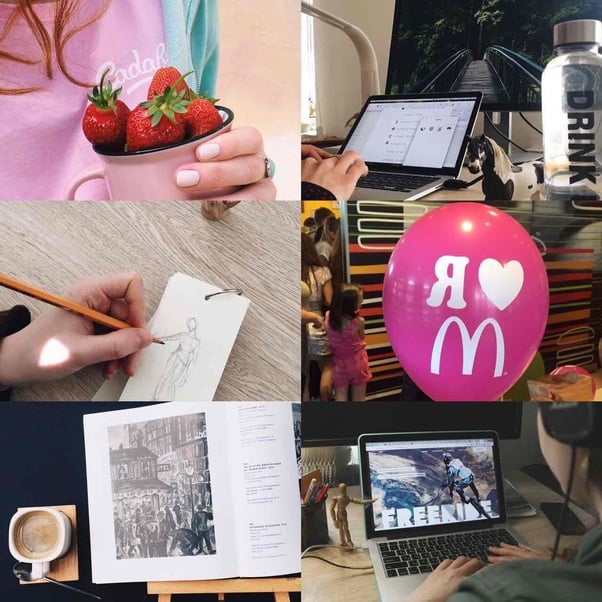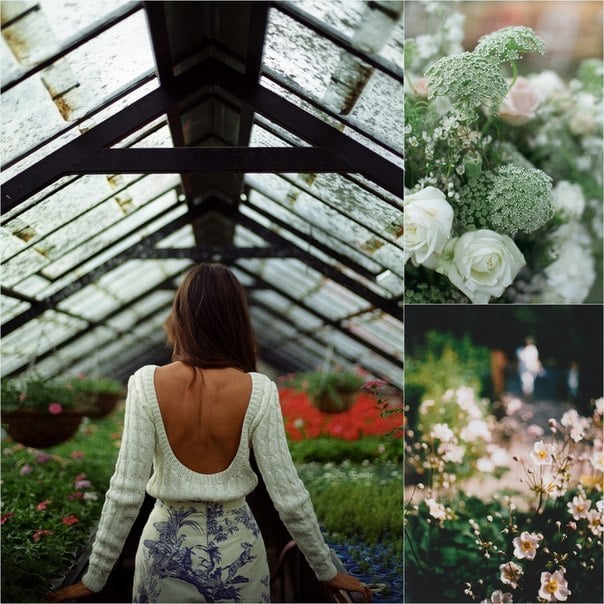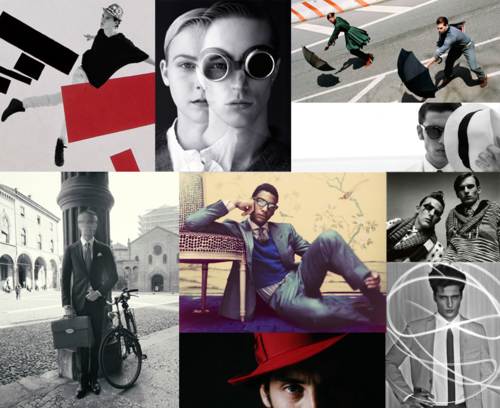Mood Board It, Baby! Or Everything You Need To Know About Mood Boards That Rock
Hi, guys! I hope you’re all well 🙂 How did your weekend go? Anything special?
What do you think about the latest movies?
Have you seen "King Arthur: Legend of the Sword" or, maybe, "Pirates of the Caribbean: Dead Men Tell No Tales"?
Awful crap, right?
These movies create little to no positive aftereffect. I forgot the whole plot straight after walking out of the cinema.
This is entirely related to the topic of this post. So, fasten your seatbelts and let’s have a ride into the world of mood boards.
I suggest you delve deeper. Deeper into my head.
From my perspective, a mood board is a way to form a specific mindset, and it helps me to finish a project faster and create a physical implementation of my dreams.
When I wanted to channel myself into a healthy lifestyle, I went on Instagram and followed some fitness coaches and nutritionists.
Seeing everyday pictures of healthy food and people working out helped me build the right mindset. That mindset would drive me and inspire me from the inside, and it would be easier for me to get closer to my goal day by day.
That is why I think that learning the art of mood boards will be useful for designers of all kinds.
It will not only come in handy during your workflow but also can set the correct tone for a specific project right from the start. How exactly? Your clients can explain to you which mood the future project has to create and which aftereffect it has to leave.
After that, you can collect their preferences piece by piece and create a sketch. This sketch will save stress and time for both you and your clients because you can show it to them before starting your workflow; they can suggest improvements, and you will have a clearer image of what the result should be.
Hope you’ve grasped the idea. Now, it’s time to have a look at examples and find out the key to an excellent mood board.
How To: Make A Top-Notch Mood Board
It all depends on your premise and desired outcome. Why do you need a mood board? Probably because you want to figure out the main idea of a future project. Is it your own personal one or a project requested by your clients?
Photo gallery template can be your ultimate tool for building a mood board.
The right mood board has to be as accurate as possible, especially when you work on someone else’s project.
There is no right or wrong way to do this. You can both compile the general picture from the bits and pieces of textures, colors, fonts, smells, etc. or create a sketch with a definite example of a future project and add breadcrumbs on the go.
The more “real” your board will be - the better. What I mean is that it has to make a specific impression and be an example of a mood that will illustrate your future project. Thus, it has to be as detailed as possible (do not confuse it with cluttered).
But where exactly can I create my mood board, you may ask? The answer is obvious: It depends. You could be crafting a real mood board in the office together with clients, or you could make it remotely using the following software.
- Canva - an online design tool
- Unsplash - here you can find the coolest photos of any kind
- MoodShare - a place to find all the necessities for your future mood board
- GettyImages - stock photos gallery
- Mural - design collaboration tool
Hopefully, you get the idea) I wish you the most Tumblr mood boards and the most Instagramable projects. May the hipster force be with you!
P.S. If you have time you can share a link to your mood board with us or let us know how the workflow is going. We’ll be glad to hear from you 😉
Get more to your email
Subscribe to our newsletter and access exclusive content and offers available only to MonsterPost subscribers.





Leave a Reply
You must be logged in to post a comment.